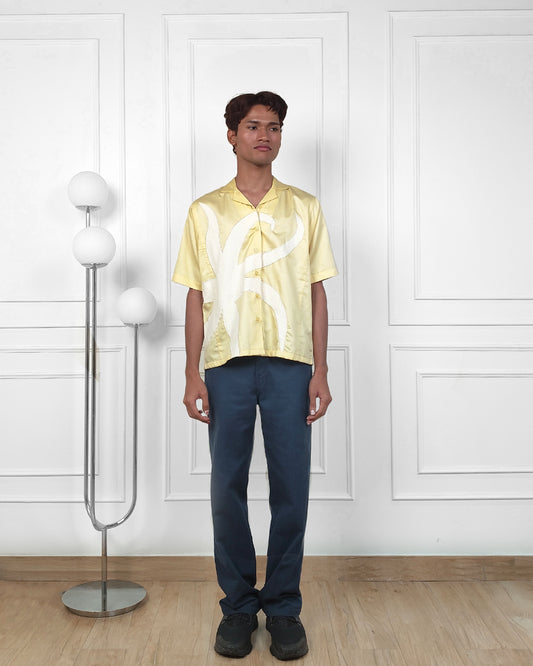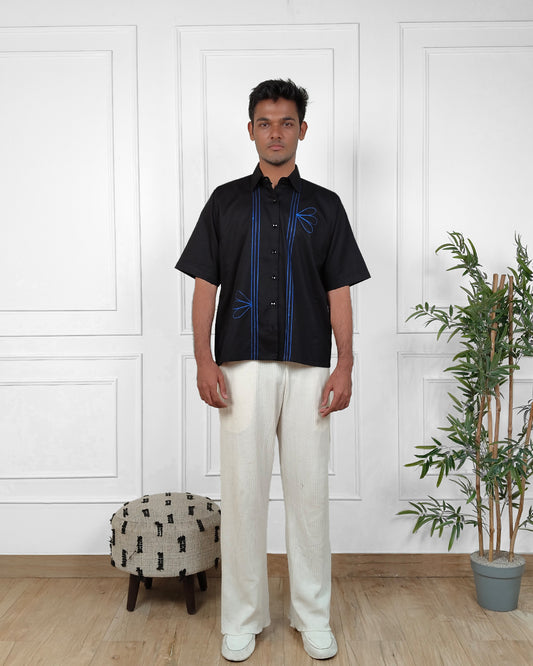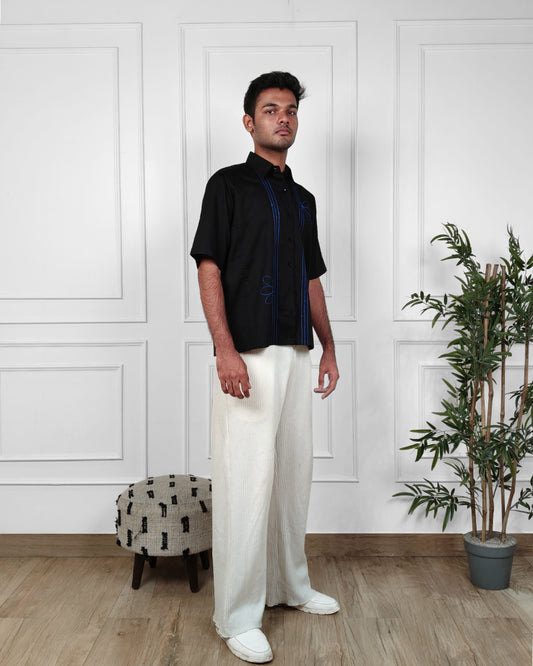
Sustainable Fashion Myths Debunked: What You Need to Know
Introduction:
Sustainable fashion is gaining popularity due to its focus on ethical, environmentally-friendly practices. However, there are still misconceptions about sustainable fashion that may confuse consumers. This blog debunks common myths and provides insights into the reality of sustainable fashion.
Myth 1 – Sustainable Fashion is Too Expensive
-
Reality: Affordable Sustainable Options Exist
- Sustainable clothing is often perceived as expensive, but affordable options are available.
- Higher prices reflect ethical production, fair wages, and eco-friendly materials.
- In the long run, sustainable fashion may save money because these garments last longer.
- The average American spends about $1,700 annually on clothing (McKinsey & Company, 2022).
- In the UK, ethical fashion items cost around £50 compared to £25 for fast fashion.
- Thrift stores and second-hand shops are great, budget-friendly sustainable options.
Myth 2 – Sustainable Fashion is Only About the Materials
-
Reality: It’s About the Entire Supply Chain
- Sustainable fashion involves more than just eco-friendly materials; it includes fair labor practices, waste reduction, and circularity.
- Patagonia and Allbirds have integrated sustainability throughout their supply chains.
- Circular economy focuses on recycling, repairing, and reusing clothing to reduce waste.
- Platforms like Revolve and ThreadUp promote a circular economy by offering second-hand clothing options.
Myth 3 – Sustainable Fashion Is Boring and Not Trendy
-
Reality: Sustainable Fashion Is Stylish and Diverse
- Sustainable fashion is dynamic, creative, and fashionable, with a variety of styles available.
- Designers are experimenting with innovative, eco-friendly materials while staying trendy.
- Kowtow Clothing (Australia) and A.BCH are examples of sustainable brands offering stylish, minimalist clothing.
-
Brands changing the myth:
- ODITE: A zero waste label that makes timeless embroidered one-of-a-kind pieces, that are trendy and stylish at the same time pay homage to South Asian traditional techniques.
Myth 4 – Sustainable Fashion Is Not Accessible to Everyone
-
Reality: Sustainable Fashion Is Becoming More Accessible
- Sustainable fashion is increasingly available in both physical stores and online platforms worldwide.
- In the US, second-hand platforms like ThredUp and Poshmark are making ethical fashion easier to find.
- Major retailers such as Target and H&M have introduced sustainable clothing lines.
- Australia is seeing local brands like Kowtow and A.BCH help make ethical fashion more accessible.
-
People Leading Accessibility:
-
Sustainable Apparel Coalition (SAC)
The Sustainable Apparel Coalition is an alliance of brands, manufacturers, and organizations working to reduce the environmental and social impacts of apparel and footwear. Through its Higg Index, SAC helps companies measure and improve sustainability throughout their supply chains.
-
Sustainable Apparel Coalition (SAC)
Myth 5 – Sustainable Fashion Doesn’t Make a Real Impact
-
Reality: Sustainable Fashion Has a Big Impact
- The fashion industry contributes around 10% of global carbon emissions (UN Environment, 2019).
- Small changes, such as choosing sustainable brands and recycling garments, can significantly reduce environmental damage.
- Ellen MacArthur Foundation suggests that reducing clothing consumption and increasing recycling could cut the industry's carbon footprint by 30%.
-
People Driving Global Change:
- Carmen Gama: Founder of Fashion Revolution, advocating for more transparency and ethical practices within the fashion industry.
Conclusion
- Sustainable fashion is not just a trend but an essential movement for the planet’s future.
- Myths about sustainability being expensive, boring, and inaccessible need to be debunked.
- By supporting sustainable fashion, consumers can reduce waste, promote ethical labor practices, and make a positive environmental impact.
References:
- McKinsey & Company. (2022). The State of Fashion 2022. Retrieved from https://www.mckinsey.com/industries/apparel-and-fashion/our-insights.
- UN Environment. (2019). Fashion Industry: A Major Contributor to Global Carbon Emissions. Retrieved from https://www.unenvironment.org/resources/report.
- Ellen MacArthur Foundation. (2020). The Circular Economy and the Fashion Industry. Retrieved from https://www.ellenmacarthurfoundation.org.








